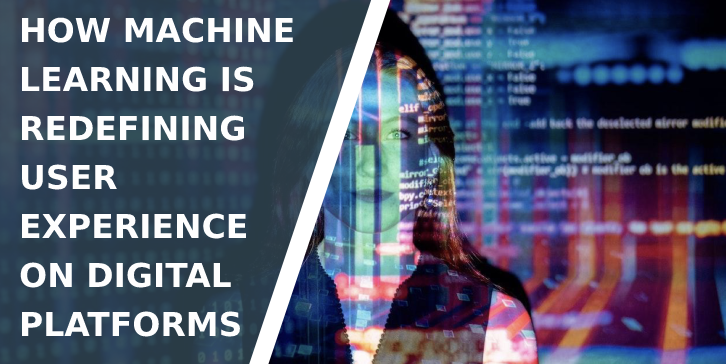Artificial Intelligence has come on in leaps and bounds in recent years, with the once seemingly science-fiction technology becoming increasingly mainstream. Once confined to computer laboratories, Artificial Intelligence, particularly highly complex Machine Learning, is redefining the user experience across digital platforms. It is so clever and unintrusive that you may not even know it is working in the background, yet it is likely improving your experience when you visit websites or purchase products online.
Artificial Intelligence (AI) has existed since the 1950s but is only now entering a so-called golden age. AI is no longer a seemingly taboo subject discussed among mathematicians, researchers, and statisticians; the everyday person in the street now knows about various types of AI and is starting to embrace them. In addition, the sheer volume of data available on the World Wide Web has helped AI and Machine Learning, in particular, develop at a previously unbelievable pace.
Multi-billion dollar technology companies, such as Microsoft and IBM, are pouring eye-watering sums of money into developing the latest, most sophisticated AI and Machine Learning. Amazon uses AI tools, as do banks, the best online betting sites, and even the healthcare sector. AI is not only here to stay; AI and Machine Learning are reshaping how we interact with digital platforms.
What is Machine Learning?
Machine Learning is an offshoot of AI. It uses powerful computers to analyze data, allowing the computer to learn from its experiences without ever being explicitly programmed to do so. The algorithms used by computers analyze and filter masses of data and find meaningful data, massively reducing the time required by a human to sift through and compare the same data.
Examples of Machine Learning in Action
Social media companies are embracing machine learning as they attempt to create the perfect personalized experience for their users. Have you ever noticed how adverts appear on Facebook after you have searched for a particular product, or how TikTok displayed videos you may like to watch even if you do not type anything in? This is machine learning working behind the scenes, analyzing data you create through your behavior.
Facebook uses machine learning to flag potential hate speech and to warn users that a particular article or video may be inaccurate. A machine scans text for specific words, but it also analyzes the comments made on the post, who those comments came from, and which pages or profiles they visit. The computer can almost instantly determine if some content has the potential to be harmful or, in the word of Donald Trump, fake news.
Online retailers are using AI and machine learning more than ever before. Almost every online retailer will display goods or services that are similar to, or that complement something you have searched for. However, companies such as Amazon are taking this one step further. Instead of displaying a handful of random laptop rucksacks to someone purchasing a new laptop, they analyze a plethora of data to show a bag you are more likely to buy. Machine learning lets Amazon know that you rarely buy anything that is $50 or more from them, so it will only display laptop rucksacks costing less than $50. It also knows if you take a day or two before clicking the “buy” button, so it will conveniently send you an email one or two days after you have searched for a product.
Machine Learning in the Future
AI and machine learning continually improve and evolve, so expect some incredible developments in the coming years. Expect to visit websites 100% tailored and personalized for you, expect state-of-the-art fraud detection from your bank, and envisage a time when you can send messages to a ChatBot and receive a detailed answer instead of a pre-written response.
There are question marks over the ethics of AI and machine learning, but it is here to stay, and, for the most part, it will help make our lives easier and less stressful.

